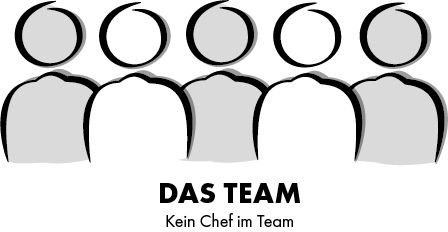
Bundling with “value streams”.
Bundling with “value streams” means that bundling takes place along a “value chain”, which describes an end-to-end
“value chain”, which describes an end-to-end sequence of activities, processes and resources required to bring a product or service from conception to delivery to the customer.

In specialist departments, portfolio areas.
-Depending on the organizational context, XS projects can be bundled in specialist departments or portfolio areas. The decision depends on various factors, including the company structure, the type of projects and the strategic objectives.
-If the XS projects require specific expertise, it may make sense to bundle them in specialist departments.
-Bundling in portfolio areas allows synergies between different projects to be recognized and exploited.
At the same time, dependencies can be better managed.
-In both cases, bundling enables a higher level of prioritization, ensuring that resources are directed to the projects that generate the most value for the company.

The “self-determined” team works together on several projects.
-Faster decision-making:
-Better problem-solving skills:
-Transparent communication:
-High team motivation:

PULL brings the team into the FLOW.
-In the PULL principle, new tasks or user stories are only taken on
when the team has free capacity, which enables efficient use of resources.
This means that the team only works on tasks that it can handle and reduces overload.
This is what we call “Stop Starting – Start Finishing”.
-PULL promotes an adaptive way of working that is tailored to the team’s capacity, while FLOW ensures that tasks are moved efficiently through the system.
-The PULL principle enables continuous adaptation to the current workload and promotes an even FLOW that increases productivity.

“FLOW over Load”.
-The statement “Throughput (FLOW) is more important than utilization” emphasizes the importance of efficiency and continuous value creation compared to pure utilization of resources. High utilization of resources does not lead to high value creation, as there is no or too little bandwidth available for troubleshooting, which leads to inefficient processes.
-Flow over load” means minimizing waste and maximizing throughput. By emphasizing throughput, an environment is created that promotes continuous improvement. The teams regularly use their retrospective to identify and address bottlenecks and obstacles in order to optimize flow and thus value creation.

Conclusion.
-Overall, the combination of PULL and FLOW means that the team is able to work in a self-organized and efficient mode. It creates flexibility, ensures that the team is not overwhelmed and promotes continuous, optimized value creation throughout the entire development process à “MORE OUTPUT” .